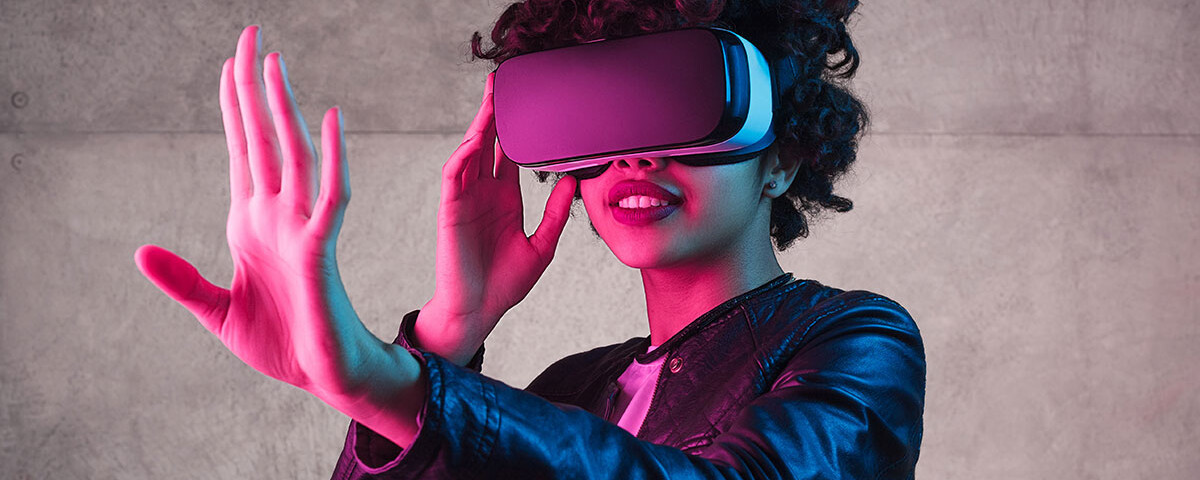Amid constant speculation around new products and discussion about the metaverse, virtual reality (VR) and augmented reality (AR) headset sales have been stuck in neutral. The category ended 2022 on a soft note, with lower sales in the second half of the year and a subpar holiday compared to strong 2021 holiday sales, resulting in a 12% revenue decline year over year. In the last six months, an aging product line up and higher retail prices, at a time when consumers were curtailing spending, has significantly held back consumer demand. In fact, sales revenue is down 42% year over year for the six months ending January 2023, according to NPD’s Retail Tracking Service. Improved availability of current generation video game consoles and graphic cards for high-end gaming PCs have also siphoned dollars away from VR.
Though lower sales over the last six months indicate declining demand, VR sales were on fire the two years prior. In 2021 and 2022, revenue from the VR/AR headsets and glasses category totaled more than $3 billion. The category was especially popular during the 2021 holiday season, as VR rose to the seventh largest revenue category in consumer electronics. In previous years, new VR products have performed well at retail, especially headsets that converted to wireless standalone designs.
If recent history is any indication, VR sales will heat back up as new hardware is announced and as content and other applications diversify. The good news is we are seeing this all happen as we speak. A long list of technology companies have announced plans to (or are rumored to be planning to) release innovative new XR, or extended reality products this year (which covers virtual reality, augmented reality, and mixed reality products and applications), with Sony’s anticipated PSVR 2 releasing this month. Additionally, games like Beat Saber and partnerships such as Meta’s NBA Arena in Horizon Worlds are reaching users with new and innovative entertainment experiences.
As we await the arrival of the metaverse, there are plenty of unique XR experiences users can engage in today – from VR fitness to recreations of office spaces for work-related applications. These new digital experiences are nascent but offer metaverse-curious users new ways to utilize these technologies. While VR sales have stalled for a variety of reasons over the past year, a steady stream of new and immersive digital applications, along with continued news of new products coming to market, suggests consumers are still ready for more.
Get insights straight to your inbox





